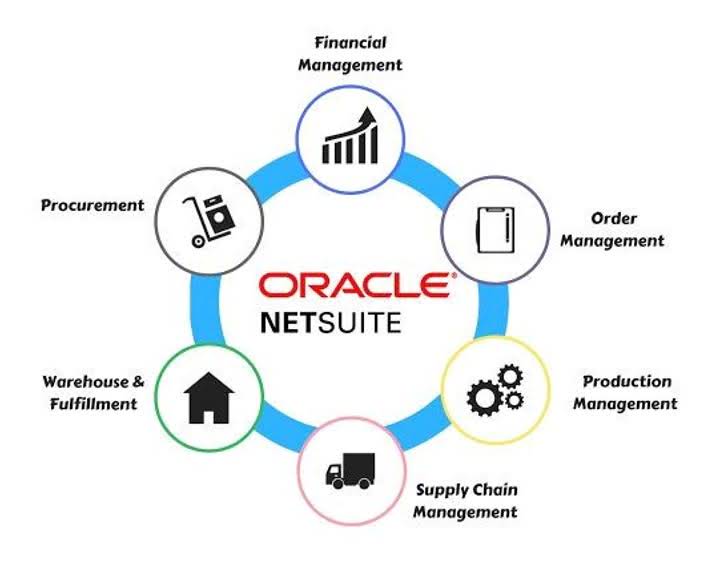
This section reflects cash spent or earned from investment-related transactions. Use this free Cash Flow Statement Template for Excel to manage your projects better. Remember that credit card payments and transfers also count the actual date of the debit. Access to real-time market data is conditioned on acceptance of the exchange agreements. Market volatility, volume, and system availability may delay account access and trade executions. Schwab does not recommend the use of technical analysis as a sole means of investment research.

Cash Outflow Examples
This Google Sheets template is designed to track your business’s operating cash flow over a span of 12 months, providing an overview of your cash inflows and outflows during each month. Create a table with columns for the period, cash inflows, cash outflows, accrued income, accrued expenses, income cash transfers, expense cash transfers, net accruals, and net cash flow. One way to analyze cash inflows and outflows is to calculate your net cash flow. This is simply the difference between your cash inflows and outflows during a specific period of time.
How to track your cash inflows and outflows
Thousands of people have transformed the way they plan their business through our ground-breaking financial forecasting software. Variable cost refers to business expenses that vary directly with the level of output or production. A MIS Report (Management Information System) is a set of reports that that provides information to management and other decision-makers in a business…. The terms “financial model” and “financial plan” are frequently used interchangeably, which can lead to confusion.
- You record cash inflows as positive amounts (credits) and cash outflows as negative values (debits) in each section.
- If you have a hard time with this or simply don’t have the time, then no worry.
- The software offers automatic expense categorization, invoice tracking, and payment reminders, all of which help streamline the cash flow management process.
- The “Monthly Cash Flow Template” by Vertex42 is a detailed Google Sheets template designed for comprehensive financial planning.
- It provides a detailed breakdown of operating costs alongside projected income.
- From corporate tax rates to detailed cash flow forecasts, this template caters to all your financial data needs.
Cash & Cash Equivalents at the Beginning and End of Period

Short-term investments such as liquid securities usually provide benefits of additional liquidity while creating long-term value. Receiving cash from these types of investments allows organizations to quickly reinvest it internally or externally for further gains. A company’s source(s) of financing also influences its short-term cash requirements which ultimately impacts its ability to pay back liabilities quicker than expected. Free cash flow (FCF) represents the amount of cash left over after all normal operating activities and investments necessary to maintain a business’s capital assets have been accounted for. For example, if a company’s expenditures exceed its revenues for extended periods of time then it might struggle to handle any increase in daily expenses.
Positive cash flow means they have more money coming into their accounts than they are spending—a crucial sign that they are able to stay afloat and make profits. Many businesses still rely on traditional methods such as Excel-based tracking and manual bank account management for monitoring their cash flow. While these methods can be effective to a certain extent, they also come with significant challenges and limitations that can hinder efficient financial management. Working with traditional tools such as legacy systems and spreadsheets can slow down your efficiency in managing cash flow. For instance, using spreadsheets for cash flow management leads to data misplacement, data loss, and incorrect entries. Embracing technology enables you to have granular visibility over data and reports for better decision-making.
Role of Cash Flows in Determining Liquidity and Financial Health
On the other hand, a business expense spreadsheet only shows the expenses and sometimes a small summary of the income. When it comes to analyzing cash flow in Excel, there are several tools and techniques that can be used to gain a clear understanding of the data. Two key methods for analyzing cash flow in Excel are using filters to sort data and creating charts to visualize the cash flow.

Money comes into the company through sales and revenue, and interest made on savings but leaves the business when paying for expenses and other operating costs. In the net accruals income/expense column, calculate the difference between the accrued income and the accrued expenses for each period. Similarly, calculate the difference between the cash inflows and outflows for each period in the net cash flow column.
Strategies to Enhance Cash Inflows
These tools are typically subscription-based, with vendors offering different pricing tiers based on features and the size of your business. Cloud-based tools are ideal for companies that need mobility and flexibility, as you can check your cash flow data on the go—whether you’re at the office, traveling, or working remotely. However, manually recording cash flow typically payroll means that by the time you can view and use the information you have input, it is already out of date and irrelevant to your current cash flow state. Many larger companies turn to software as it offers automatic tracking and up-to-date information without human error when managing cash flow.

Stay on Top of Inventory Management
This approach aims to minimize fund outflows and enhance inflows, ultimately fostering a positive and stable financial position for a company. Let’s understand in detail why maintaining a positive cash flow is a necessity. Additionally, maintaining a positive cash flow becomes easier, as the template helps prevent overspending and ensures there are sufficient cash reserves cash inflow vs outflow for ongoing operations.
The flow of money into stocks, mutual funds, short positions, and ETFs, is one indication of the expectation that those investments are on the path to higher gains. With today’s market focused on short-term returns, following the flow of money is a favorite tool among momentum traders, but often overlooked by the buy and hold investors. However, every investor can benefit by observing the flow of money which shows general markets trends and consensus on where to go for the highest or safest gains. Cash outflow includes any debts, liabilities, and operating costs– any amount of funds leaving your business. A healthy business maintains a Suspense Account positive cash flow by keeping flows from operating low, and minimizing long-term debts. The more cash inflow that you have, the more resources you have available for your business.

